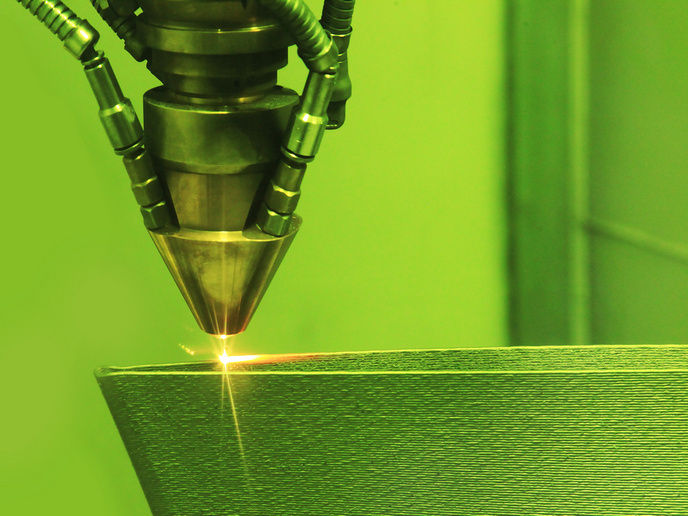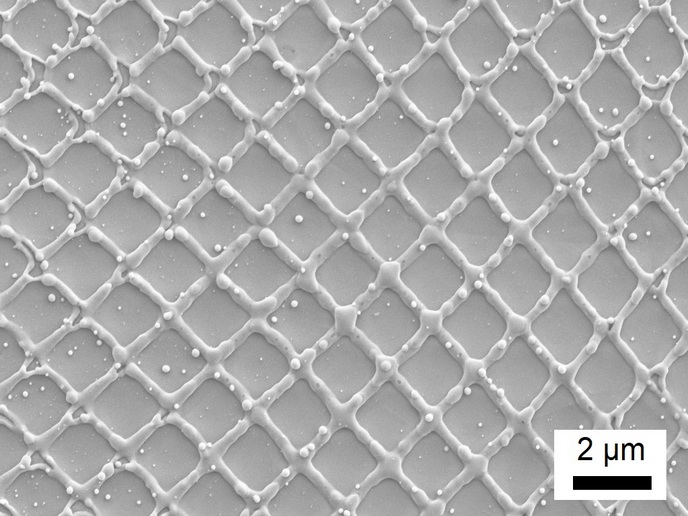Inspection technology for open rotor engine
Among the many integrated technology demonstrators (ITDs) on the drawing board, the Sustainable and Green Engine (SAGE) ITD targets engines and engine technologies that reduce fuel consumption and associated emissions. The open rotor engine consisting of two uncased counter-rotating propellers could soon replace the turbofan and is expected to cut fuel consumption and emissions by about 30 %. Among the challenges associated with open rotors are accessibility and maintenance. Rotating parts are among the most affected by wear and stress. In addition, high temperatures in the metal closest to the weld joint during welding modify material properties and weaken the component. However, the geometries make inspection access difficult or impossible. The EU supported the WELDMINDT (Open rotor engine welded parts inspection using miniaturizable nondestructive techniques) project to overcome this important barrier to commercialisation. Welded joints are currently examined using techniques such as visual inspection, fluorescent penetrant inspection and radiography. WELDMINDT improved both detectability and NDT accessibility by developing non-contact techniques such as optical and infrared camera, with the potential for automation and miniaturisation. Project partners integrated shearography, infrared thermography and ultrasonic inspection into a single inspection system, using a laser as the sole excitation source. The combination of these NDT techniques and the use of advanced signal processing are expected to increase defect detection rate and size precision by more than 20 % while reducing inspection time to seconds. This should increase the safety and reliability of the open rotor while reducing maintenance and inspection costs. For demonstration purposes, project partners built an automated inspection system to scan the weld of an aero engine vane, record the surface thermal response and analyse the data to assess the weld quality. The demonstrator performed data acquisition and analysis automatically. The heart of the system was an inspection cell comprising two six-axis robot arms that can carry ultrasonic array transducers and scan wide areas of the defected part in a single pass. The WELDMINDT NDT system should facilitate the enhanced reliability and safety of welded open rotor parts in support of the SAGE ITD for green aero engine technologies. Speeding certification and commercialisation will enable reductions in fuel consumption and emissions to help meet ambitious environmental goals for 2020.







